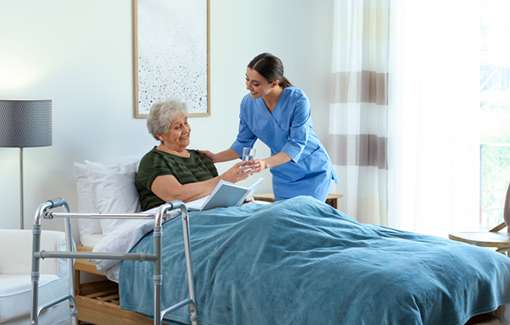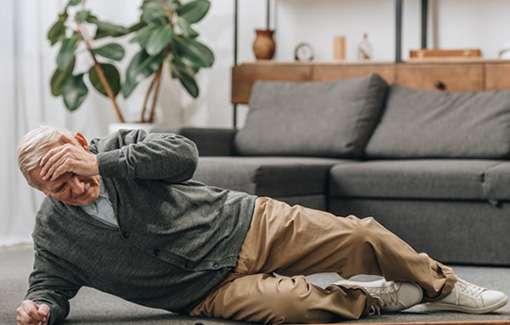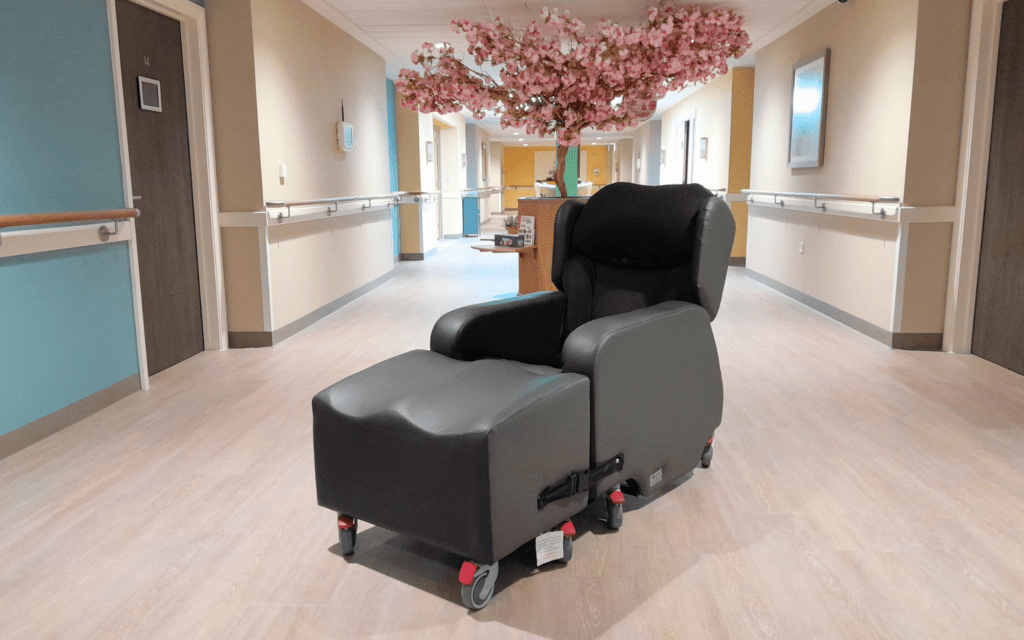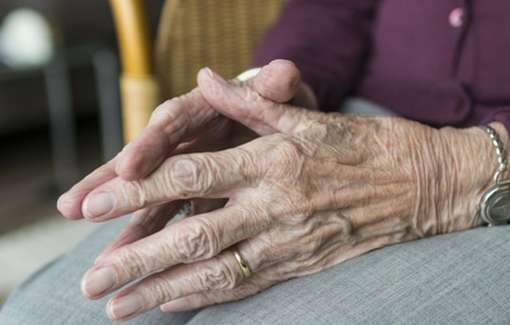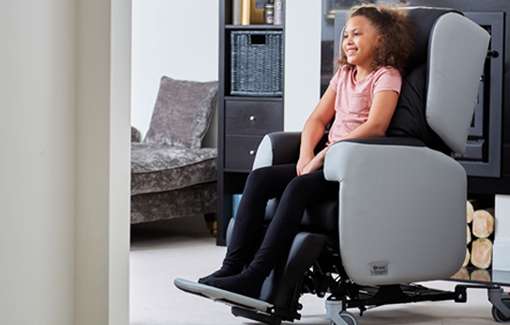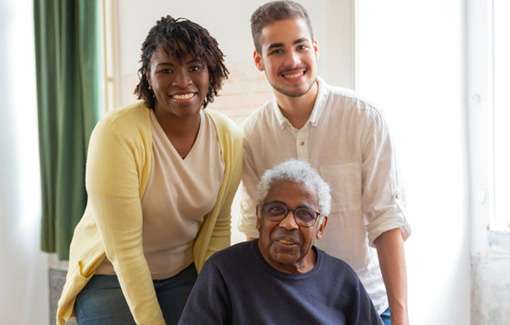Although research on Long COVID is still relatively nascent, we know that it’s a real challenge to recover from and varies a lot from person to person. There are many symptoms and there’s no set amount of time it takes to be back fighting fit. That can make it particularly difficult for you to return to some sense of normality or routine that you may have had before falling ill.
Going back to work after any bout of illness can be tiring, but if you’re returning to work after having Long COVID, there needs to be a thorough and thought-out plan for your return. This should be a collaborative and comprehensive plan that is discussed and designed with you, your employer, and an occupational therapist (OT) if possible.
But if you need some pointers on where to start, we’ve come up with a few things to bear in mind for people returning to work after Long COVID.
Jump straight to…
The Initial Steps
Before you start planning anything, you may need medical clearance to say that you are fit to return to work. You could have a call with your doctor to review your progress and discuss the idea of going back to work. If you’ve had a particularly bad case of COVID-19, you will certainly want your doctor involved in this decision. Because Long COVID is still a new condition, medical practitioners will take extra precautions to ensure that you really are fit enough to get back to work. At the end of the day, the last thing you need to become unwell again and offset your progress and recovery by rushing back to your job.
Return to Work Meetings
Before you step foot through the door of your workplace, you need to have a plan in place. Lots of employers will offer ‘return to work’ meetings for people who are coming back after a long and/or serious illness. This should be no different with Long COVID.
These meeting should include yourself, your employer, and an OT or healthcare professional.
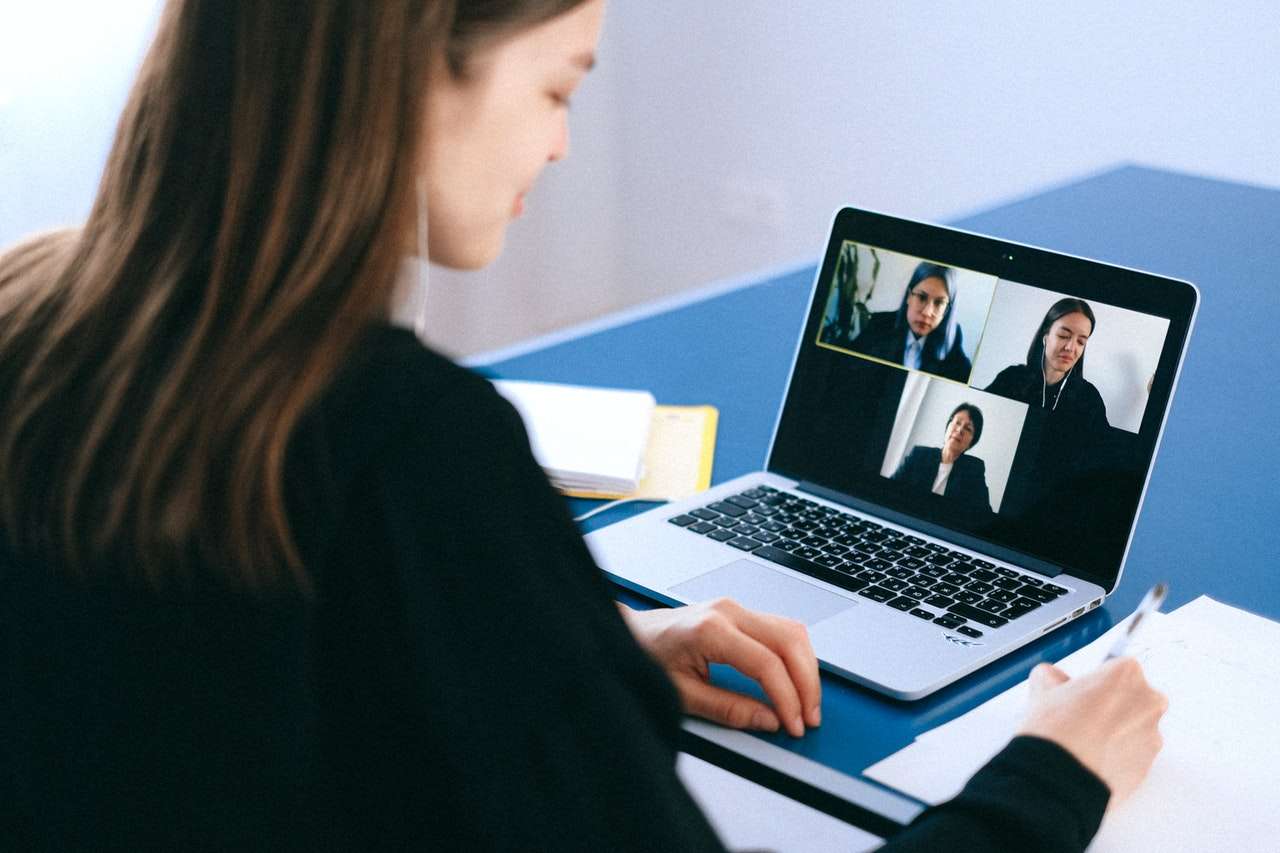
You, your employer, and an occupational therapist should work together on your return to work plan to ensure that everything is covered.
In these meetings, you should consider things like:
- Reduced working hours and workload
- The nature of your job — is it physical? Are you sedentary for the whole day?
- Alterations needed in your working environment
These might seem like obvious things to bear in mind, but Long COVID can affect you and your physical performance in numerous ways. The more things you can think about beforehand, the easier your return to work will be.
Managing Long COVID Symptoms
As well as thinking about parts of your role that may need adapting, you should consider any Long COVID symptoms you’re still experiencing too.
Research shows some symptoms, like fatigue, aches, or brain fog can last for many months. Whilst you might feel fit enough to go back to work you won’t necessarily be back to full health. Having some coping mechanisms and supports in place will help you to manage ongoing symptoms at work.
We recently delivered a webinar on ‘Understanding Long COVID: Managing Client Symptoms & Supporting Recovery’. It includes lots of advice and resources that can help you to manage your symptoms.
You can watch the full recording here:
The Structure of your Workday
A 9 to 5 schedule or long shifts might not be a bit too much to ask when you go back to work.
Phased Return
It’s incredibly important to set realistic goals that will help you recover more fully rather than set you back.
With that in mind, a phased return might be a good option to consider. You could start with one day a week, or a couple of half days, just to get a feel for how ready you are to be back at work.
You can gradually increase your time at work to build your stamina whilst also keeping your wellbeing and recovery at the forefront of your mind.
Working From Home
If possible, you could consider working from home some of the time to lessen the physical fatigue you might get from your commute. If you would usually take public transport or have a long walk or cycle to get to work, then it might be better to work from home at the beginning.

A long commute to and from the office might not be the best idea when you initially return to work.
Scheduled Breaks
Regular breaks should also be incorporated into your workday structure to ensure that you are giving yourself time to relax.
With fatigue being the most common symptom of Long COVID, rest and relaxation are key to overcoming excessive tiredness. A coffee break and a lunch break might not be quite enough respite when you first return, so make sure you give yourself time off between tasks.
Your Workload and Colleagues
Your employer should be open to lightening your workload and giving you more time to complete tasks when you return to work. Long COVID can cause ‘brain fog’ — a feeling of confusion and mental fatigue that makes concentrating for long periods of time a challenge for some people. Employers should bear this in mind when assigning jobs to you or delegating duties.
It might be better to start off with fewer tasks than usual, with more time to complete them. You might also consider taking breaks between these tasks if needed.
Your colleagues can also make a huge difference in your return to work and recovery. Employers have sometimes used a ‘buddy’ system for people returning to work. This gives you a point of contact that you can check in with and who can hold you accountable and make sure you stick to your agreed return to work plan rather than overexerting yourself.
Having someone to work alongside can also make a huge difference. Working in isolation can feel lonely and it means you don’t necessarily have someone there who can answer your questions on more challenging tasks. Being around colleagues and your team can lift your morale and make your return to work easier in some cases.
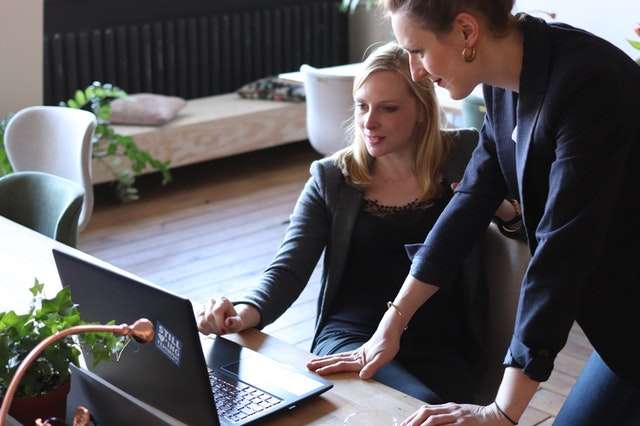
Having a work ‘buddy’ and colleagues around you can help make your return to work easier and more enjoyable.
Support Equipment in the Workplace
With fatigue being such a big problem for those living with Long COVID, the equipment and furniture in your workplace may end up being more tiresome or a hindrance to your recovery. Coming up with alternative solutions is something that you should discuss with an OT or an equipment specialist who can advise you on things you or your employer might not have even considered.
Things as simple as voice-activated software to minimise physical exertion can help you save your strength for more strenuous tasks. Your workplace could invest in a blue-light screen filter for you to stop you from getting tired from too much screen time.
Having an activity chair rather than a traditional desk chair may also be useful in conserving your energy. Activity chairs are more ergonomically designed to give you the flexibility to move around and work in different environments. They offer a wider range of height adjustability so you can sit at varying levels without having to stand up.
Summary
These are just a few of the things you should consider before returning to work after Long COVID, but we’re confident that healthcare professionals can give you a more comprehensive, tailored plan to suit your needs. Collaboration between yourself, your employer, and a healthcare professional is integral to creating the best return to work plan for you.
We know that not all jobs are the same and having a more physical role could make some of the above points feel redundant. However, they are still worth keeping in mind to see if there are any other ways that you can make your transition back to working life easier when recovering from Long COVID.
Ultimately, you need to take it slowly and not expect too much from yourself. It’s a marathon, not a sprint, and you (and your employer) need to pace yourself to ensure that you can continue your recovery in the best way possible.
If you’d like a free appointment with an equipment specialist, please contact our team
Error: Contact form not found.







